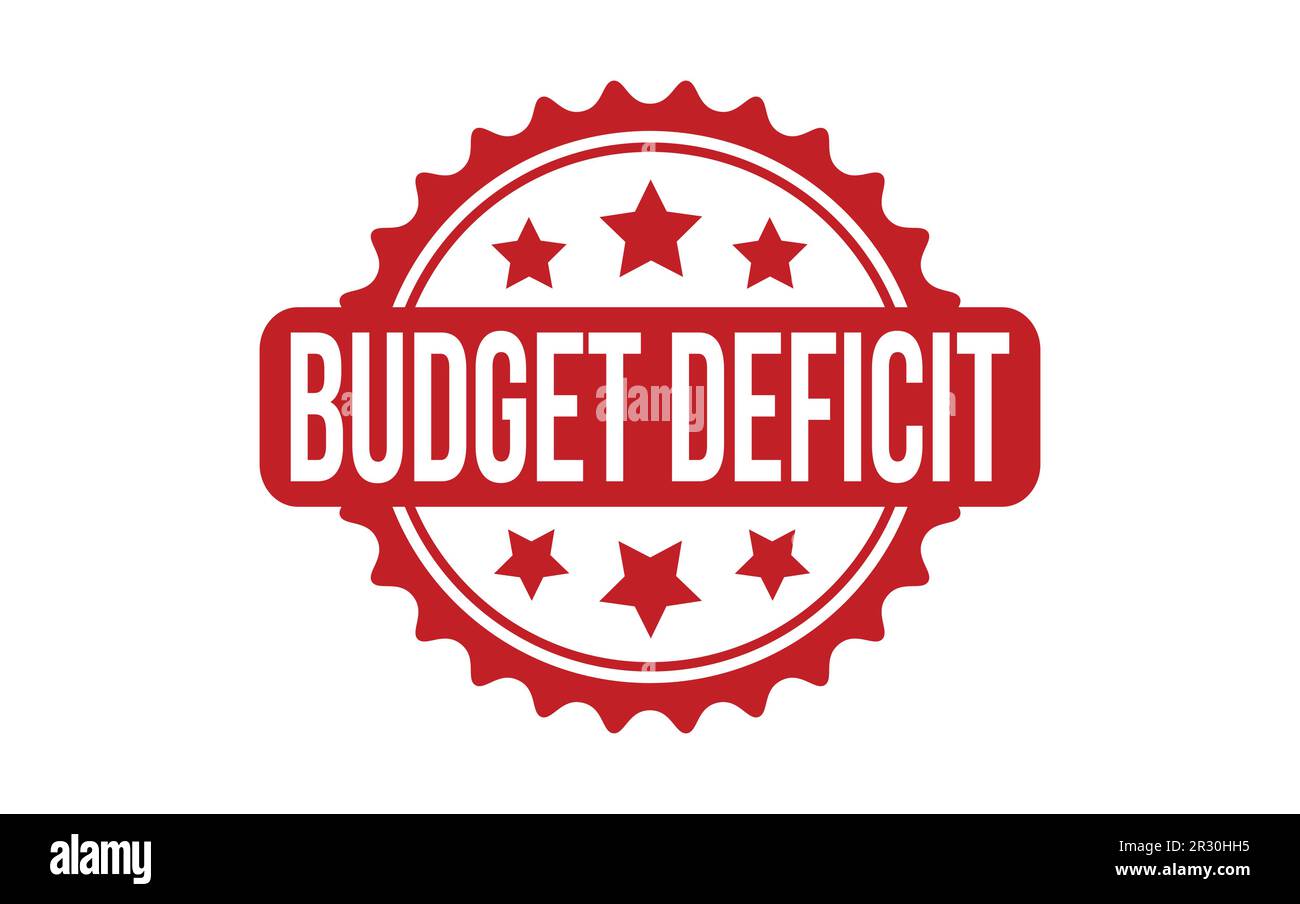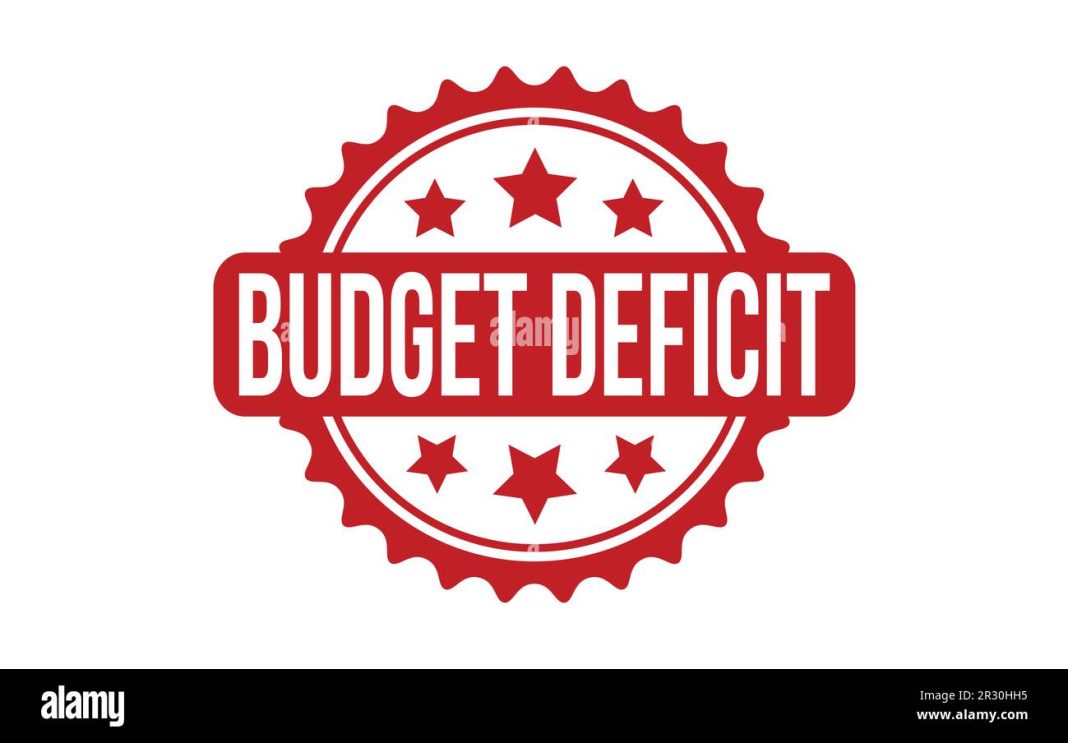 Annual Federal Deficit on Track for $1.9 Trillion
Annual Federal Deficit on Track for $1.9 Trillion
The Congressional Budget Office (CBO) has projected that the annual federal deficit for this year is on track to reach $1.9 trillion. However, there is some positive news to report regarding the budget deficit for the month of June. According to the Monthly Treasury Statement, the federal government posted a smaller-than-expected budget deficit of $66 billion, which is down 71 percent compared to the same month last year.
Reasons for Decreased Deficit in June
The decrease in the deficit can be attributed to various calendar effects that allowed tax receipts to grow and outlays to fall. In June, receipts increased by 11 percent year over year, totaling $466 billion. This increase was fueled by deferred tax payments from parts of the country affected by federally declared natural disasters. On the other hand, outlays declined by 18 percent from June 2023, amounting to $532 billion.
Spending Levels and Revenue Increase
It’s important to note that spending levels would have actually increased by 11 percent if July 2023 and June 2024 started on a weekday. Despite this, fiscal year-to-date revenues are up by 10 percent, totaling $3.754 trillion, while outlays have increased by 5 percent, amounting to $5.022 trillion.
Federal Shortfall and Largest Spending Items
The federal shortfall for the first nine months of fiscal year 2024 was $1.268 trillion, which is down 9 percent compared to the same period last year. The largest spending items for the month of June were Social Security ($129 billion), education ($80 billion), health ($75 billion), and national defense ($67 billion).
Net Interest Payments and Increasing Debt
Net interest payments were the third-largest budgetary item in June, totaling $81 billion. Fiscal year-to-date, net interest charges have soared to $682 billion, which is a 33 percent increase from last year. In fact, 44 percent of the individual income taxes collected in June were dedicated to interest charges.
The Committee for a Responsible Federal Budget (CRFB) reported that the 12-month rolling deficit now stands at $1.6 trillion, which is $154 billion lower than the previous 12-month span. The CRFB highlights the worsening fiscal situation, projecting that the debt is expected to rise to 97.3 percent of GDP by the end of fiscal year 2023 and to a record 106.2 percent of GDP by 2027.
Updated Deficit Outlook and Fiscal Risks
In June, the CBO revised its deficit outlook for fiscal year 2024, projecting a budget shortfall of $1.9 trillion, which is $400 billion higher than its previous estimate. The CBO attributes this larger deficit projection to some costs that have not yet been recorded, including proposed student loan debt cancellations and outlays for assistance to various countries.
CBO Director Phillip Swagel has warned that fiscal risks are mounting due to ballooning interest payments and higher debt. He estimates that the federal government would need to cut spending by 7 to 8 percent just to stabilize the debt, even though it would still remain high.
Managing Debts and Deficits
To help manage the growing debt and rising deficits, the Treasury has issued approximately $2 trillion in new short-term debt securities (T-bills) over the past year. However, there has been tepid demand for both short- and long-term debt securities, posing a problem. Torsten Slok, the chief economist at Apollo, warns that increasing the amount of T-bills while the Federal Reserve is doing quantitative tightening could lead to funding market accidents.
Furthermore, recent auctions of bonds and notes have shown mixed results with primary dealers buying only a small percentage of the supply. If the Federal Reserve starts cutting interest rates, there may be a diminishing appetite for Treasury bills from U.S. households and money market funds, putting upward pressure on short rates due to the large supply of T-bills not being met by strong demand.
Inflation Rates
In other economic news, the consumer price index fell to 3 percent last month, down from 3.3 percent in May. This indicates a slight decrease in inflation rates, which could have implications for future economic policies and decisions.
Conclusion
As the federal deficit continues to grow, urgent action is needed from lawmakers to address the deteriorating fiscal situation. The rising debt, increasing interest payments, and tepid demand for Treasury bills all contribute to the mounting fiscal risks. It remains to be seen how policymakers will navigate these challenges and find both immediate and long-term solutions to stabilize the debt and foster economic growth.


